Category: Q&A — Published:
From the foot of Mt Etna to The Ruins of Poggioreale and Burri’s ‘Cretto’, artist Emma Talbot (b. 1969, UK) has been busy exploring ecological histories on the second leg of her residency, organised by the Collezione Maramotti.
As the 8th winner of the Max Mara Art Prize for Women, Emma caught up with our Assistant Curator: Special Projects, Wells Fray-Smith, to discuss her journey to date and how these landscapes will inform a new work being unveiled at Whitechapel Gallery in 2022.
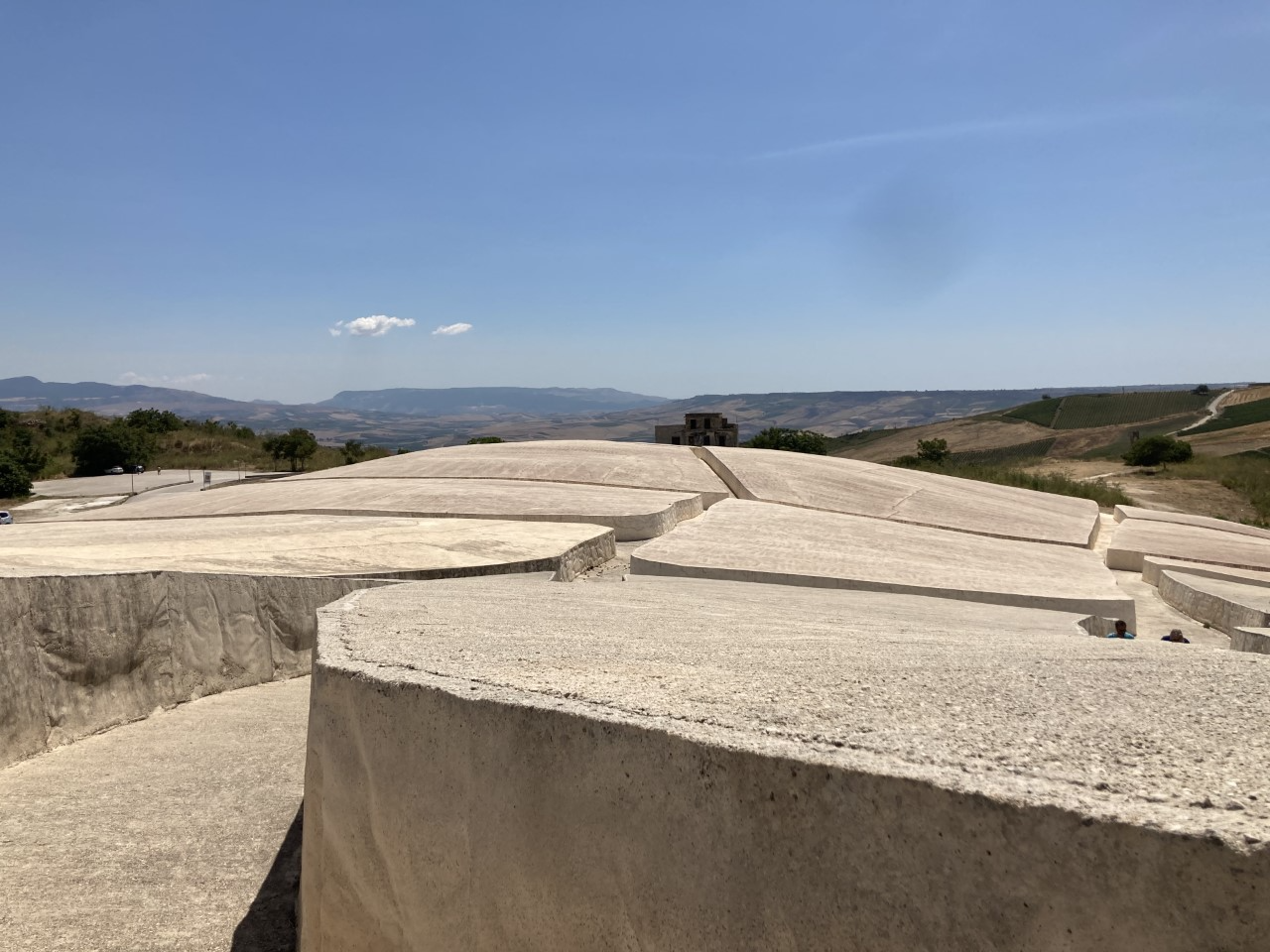
Wells Fray-Smith: Since we last spoke, you’ve moved from Reggio Emilia to Catania. Can you share a few highlights from Sicily and briefly explain how you’ve been spending your time?
Emma Talbot: Sicily has such a deep, layered history and I’ve been visiting all kinds of sites to gather a sense of the co-existence of traces of the deep past and historical past, the present and artistic projections. This temporal transposition is evident everywhere, in towns and in the landscape, and is concentrated in cultural sites such as the Greek Theatre at Syracuse, The Roman theatre in Catania, The mosaic interiors of Cappella Palatina, the chapel at Palazzo Reale in Palermo, Pioggoreale (the ruins of a town deserted after the 1968 earthquake), Burri’s earthwork Cretto at Gibelina, Cefalù’s cathedral.
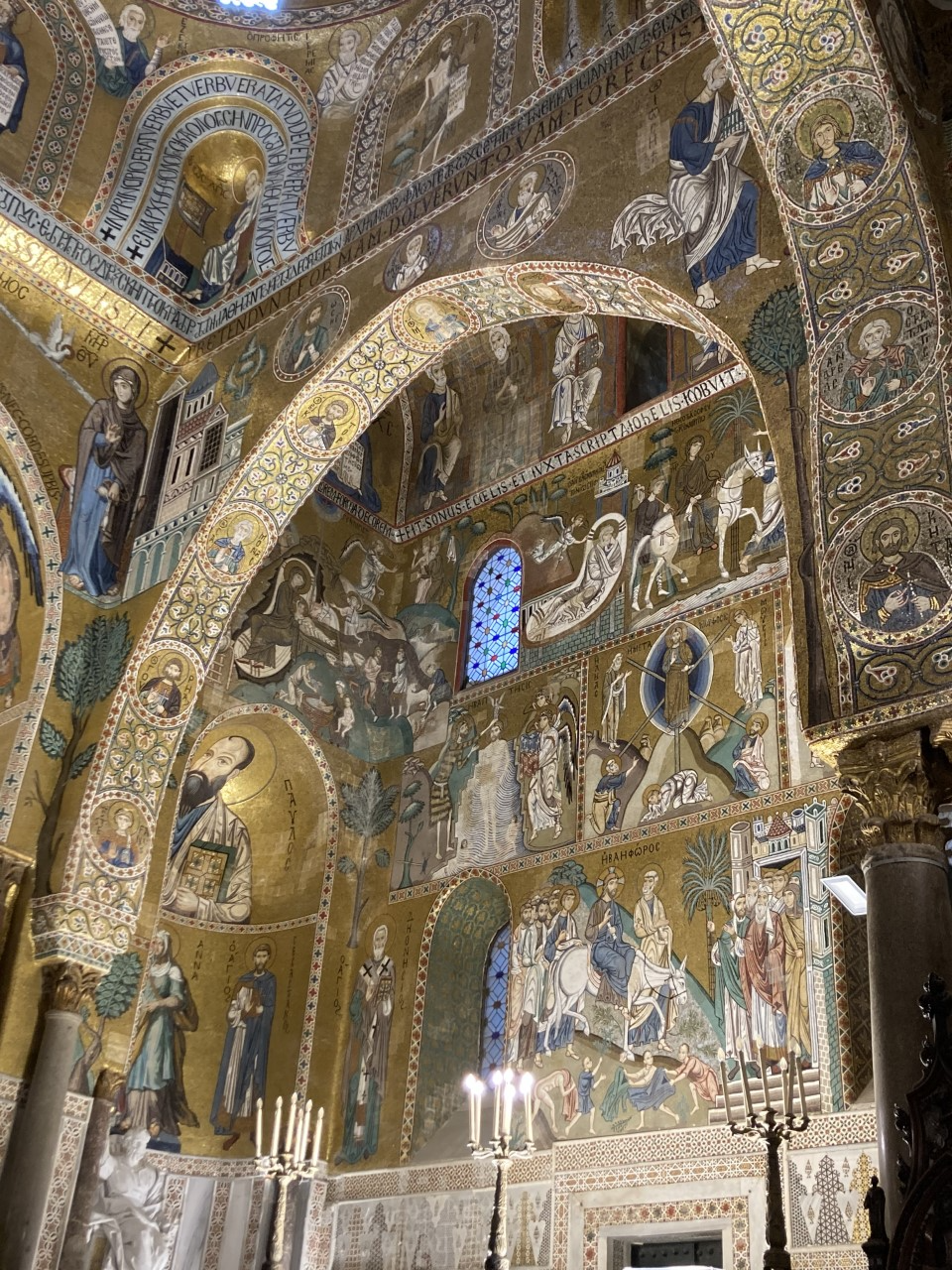
WFS: You wanted to investigate permaculture techniques and you stayed at the Casa di Paglia Felcerossa, an eco-house at the foot of Mount Etna. What drew you to this mode of living, and can you tell us about what you learned there?
ET: The narrative idea for my project focuses on an elderly female survivor, who must learn (or re-learn) practices that allow her to build a sustainable way of living for the future. To really know and understand what these practices might be, I wanted first hand experience at a Permaculture site. Casa di Paglia is an incredible example of sustainable living, on the base of Mount Etna. It is run by a family who have become friends – they are so generous and welcoming. Staying with them has allowed me to experience the processes of maintaining terrain in an ecologically aware manner, but also how the principles of permaculture can be applied more generally to ways of thinking and interacting beyond agricultural concerns. I recently did a two day course on composting, which was fascinating because it included underpinning theories of microbiology and permaculture that helped me form a greater sense of the ways my narrative ideas can be extended.
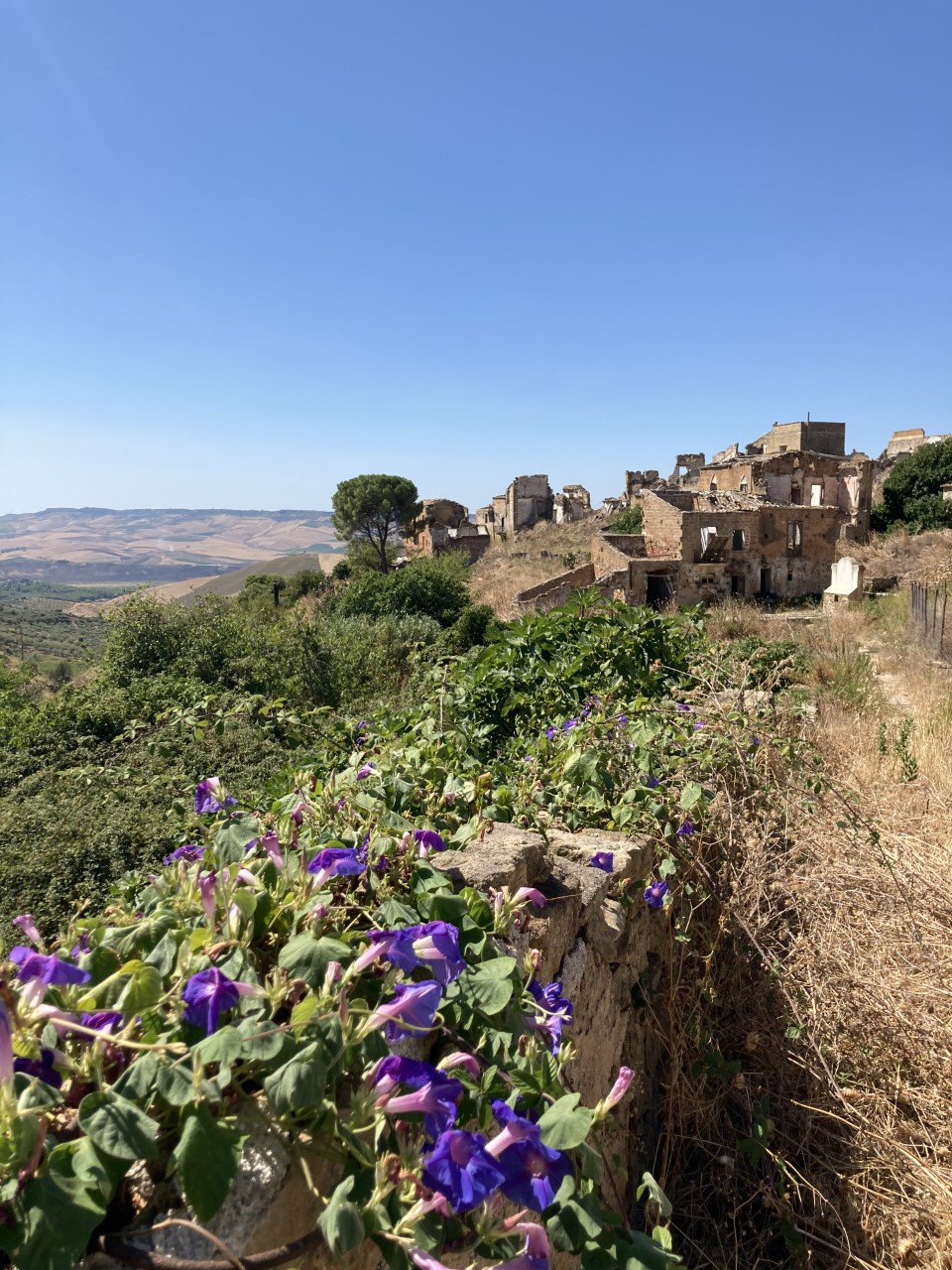
WFS: You planned visit a few ancient archaeological sites on this leg of your journey. What have you discovered in the volcanic terrain and can you tell us how the scenery may be informing any new work?
ET: I did a 5 hour walk across Etna starting at dawn, with a guide who could point out the ways that different flows of lava made up the landscape. We were also led by a stray mountain dog, that walked just ahead of us along the steep paths for much of the upward journey. Etna has been very active while I’ve been in Sicily; there have been two quite big eruptions that deposit black sand for miles around. Obviously all of this prompts exciting ideas about what to include in the work. I’m also planning a visit the Valley of Temples in Agrigento. The volatility of the volcanic landscape and the evidence of ruins is a perfect setting for animations and paintings I want to make.
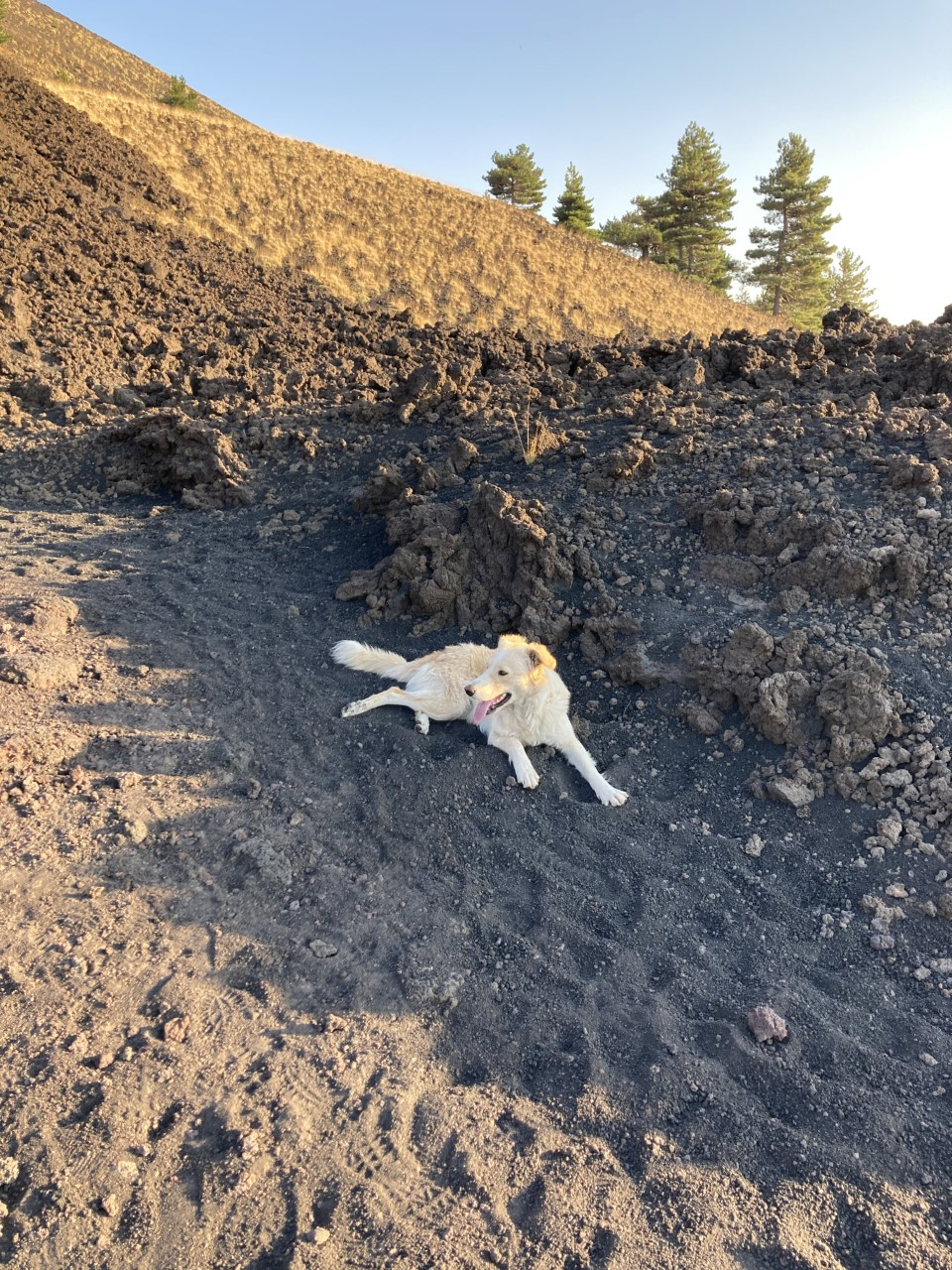
WFS: You’ll soon be moving onto Rome for the final stop in your residency. What are you hoping to learn while there? Is there anything you’re most looking forward to?
ET: Of course Rome itself is packed with inspiring material and I think it will be great to explore the city. I’ll be concentrating on looking at the imagery on Etruscan Pottery that convey classical stories (such as the trials of Hercules). I’ll be able to familiarise myself with the Etruscan collection at Villa Giulia, which I’m excited about. I’m also planning some trips to Pompeii and Naples and it will be great to be able to pull together all the strands of the residency to focus into developing new work.
WFS: Are there any words of wisdom or lessons from your travels that you’d like to share with our readers? Perhaps a tutor has inspired you to think in a new way? Or a new group of friends has prompted you to consider new habits/hobbies/ways of thinking?
ET: I’ve really appreciated the ways that principles of permaculture can be applied to life and to making art. Permaculture isn’t an ideology or a doctrine and I find many of the principles; such as giving yourself time to observe and reflect, appreciating the usefulness of mistakes, using small and slow solutions, using the edges and valuing the marginal, creatively using and responding to change, etc., to be really appropriate guidelines right now.
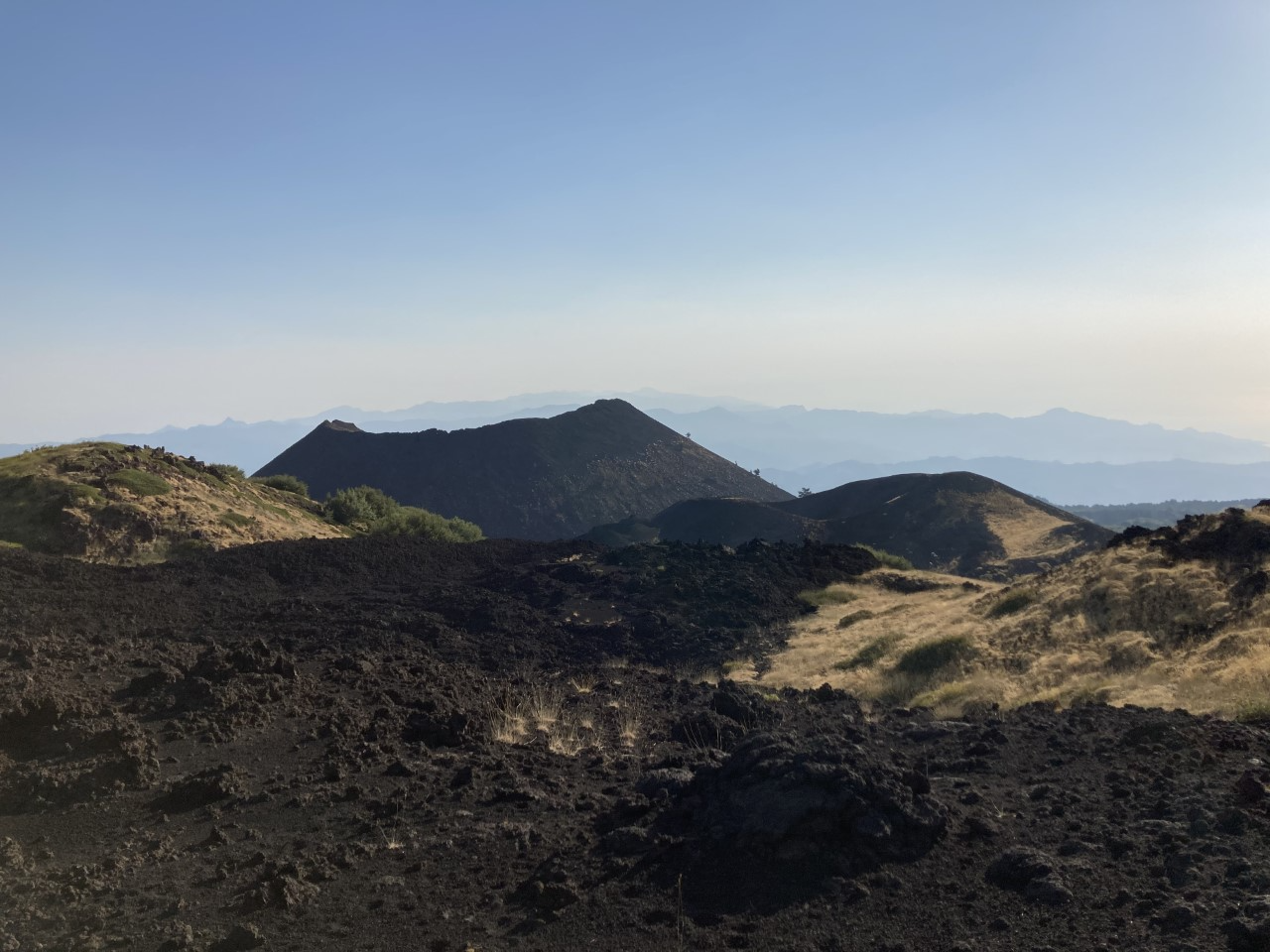
The Max Mara Art Prize for Women was established by Whitechapel Gallery in collaboration with the Max Mara Fashion Group in 2005, and with the participation of Collezione Maramotti from 2007. Its aim is to promote emerging female artists based in the UK, enabling them to develop their potential with the gift of time and space; and to inspire new artistic perspectives on 21st century Italy.
The winner is awarded a six month Italian residency, organised by Collezione Maramotti, tailored to fit the artist and their winning proposal for the Prize. During the residency the artist has the opportunity to realise an ambitious new project which is presented in major solo exhibitions at the Whitechapel Gallery in London and Collezione Maramotti in Reggio Emilia, Italy.